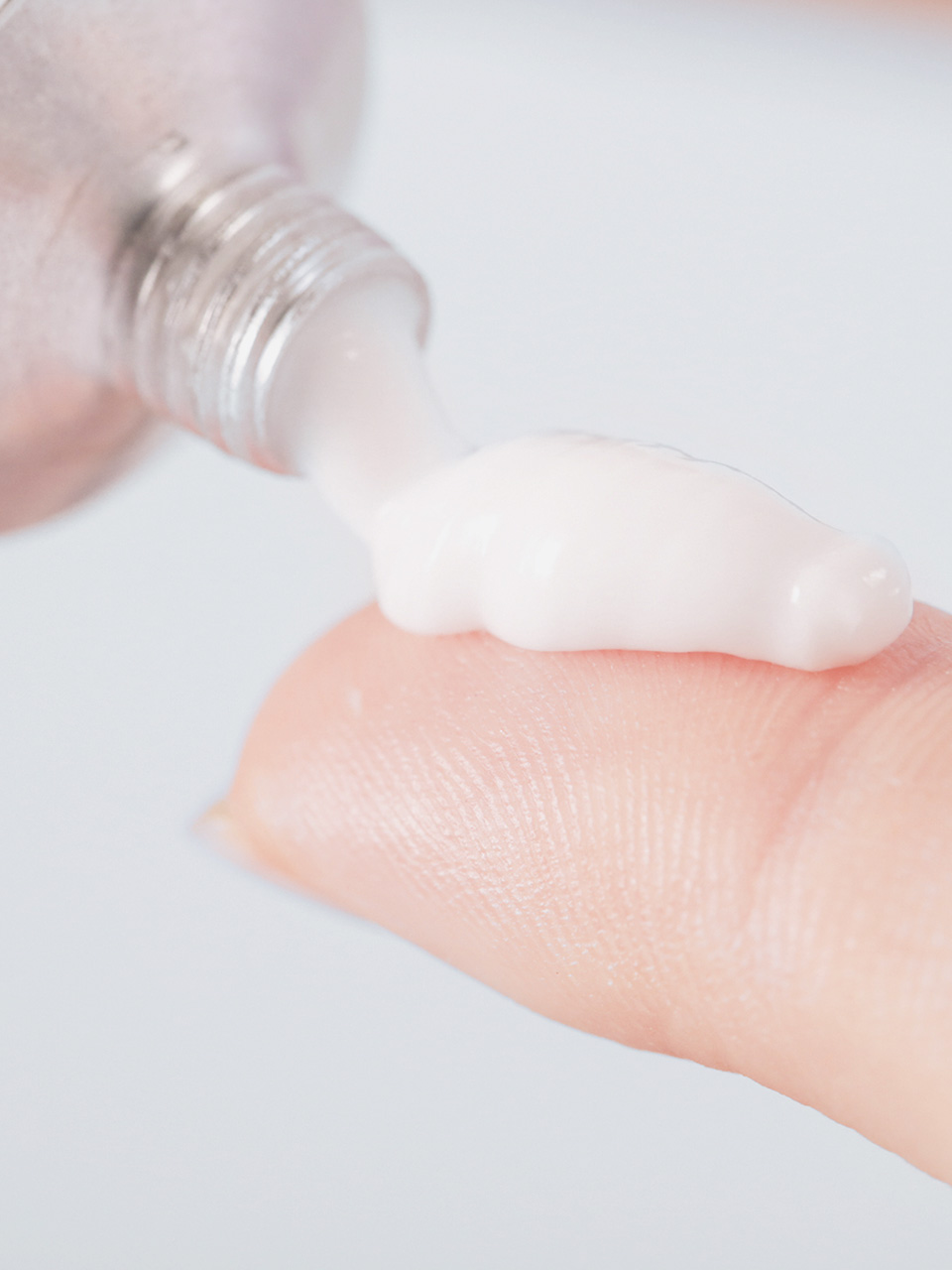
Tap to Read ➤
How to Heal a Burn
Kalpana Kumari


Burns can be a serious matter of concern. While major burns need intensive medical care and attention, minor ones can be healed with home remedies. This story provides some information on the same that might prove beneficial.
Burns are common forms of injury. The body has the potential to heal minor burns on its own. However, major burns may require help from outside, for healing. On-time treatment is very necessary as burns expose the skin to microbial infections, which make the situation even worse.

In addition to prevention of infection, timely healing of a burn will reduce the severity of the scarring.
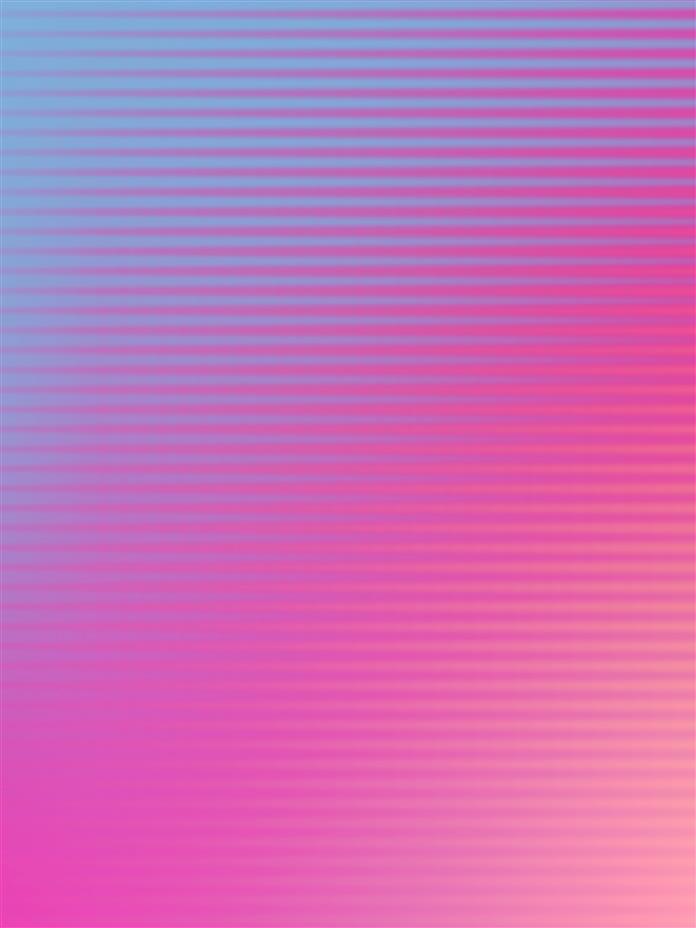
Different Types of Burns
Burns are categorized into three groups. These are, first, second, and third degree burns. First degree burns involve the burning of the outermost layer of the skin, called the epidermis. It is the least serious and is characterized by reddened and painful skin. Sunburn is an example of this type.

Second degree burns occur when the epidermis as well as the dermis of the skin gets burnt or destroyed. The identifying symptoms are the presence of swelling and blisters on the affected skin. It is more painful than the first type.

The last category, or third degree burns occur when all the layers of the skin get destroyed and the underlying tissues get exposed. It often involves the destruction of nerves, and hence no pain or sensation is felt in the affected region. It is the worst of the different types of burns.
Healing a Burn
Except first degree burns, both the other types of burns need medical intervention for healing. The first degree burns, which are less than 4 inches in diameter are known as minor burns. They rarely allow infection. One can try out some first aid to ease the pain and burning sensation.

Put the skin under cool water for about 5-7 minutes. Never apply ice directly on the burnt skin, as there are all chances that it will damage the skin even more. Cover the wound with a sterile bandage, and do it in such a manner that the bandage does not irritate the burnt skin.

This will reduce the twinging sensation. For pain relief, one may take over-the-counter pain killers like Ibuprofen, Advil, and Acetaminophen. Avoid taking aspirin in the case of burns.
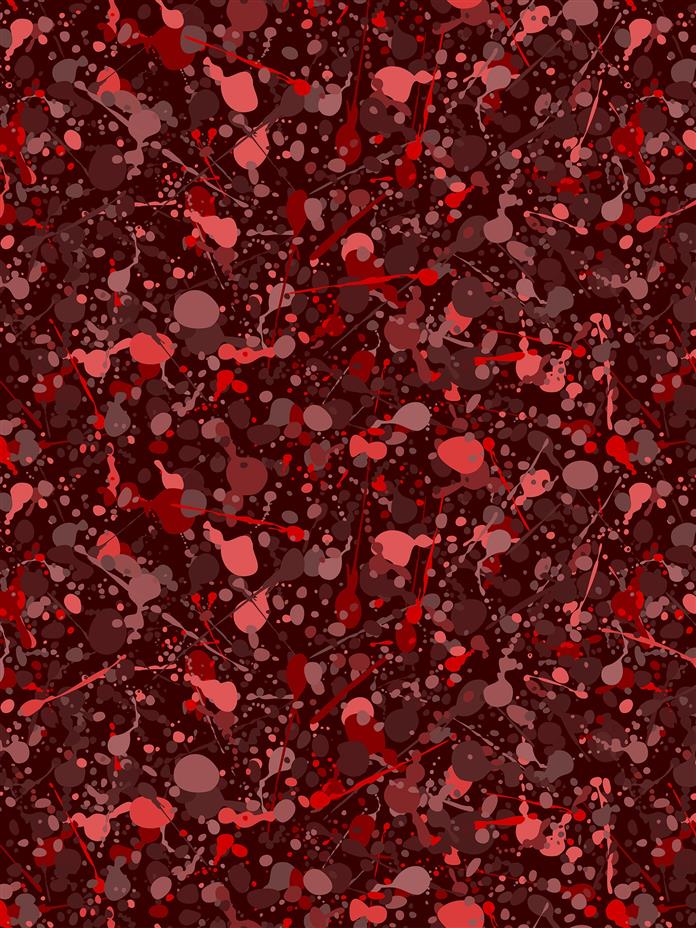
Keep the injured area as clean as possible, as its exposure to dirt and dust will increase the chances of infection. It is further enhanced by the popping up of blisters. Never puncture any of the blisters. They will heal on their own with time.

Natural healing will reduce the possibility of scarring as well. One may apply a non-prescription topical burn healing cream for speeding up the process of healing. Most of the effective burn healers contain aloe vera pulp and shea butter. One may also apply an antibiotic cream on the affected area to prevent infection if necessary.
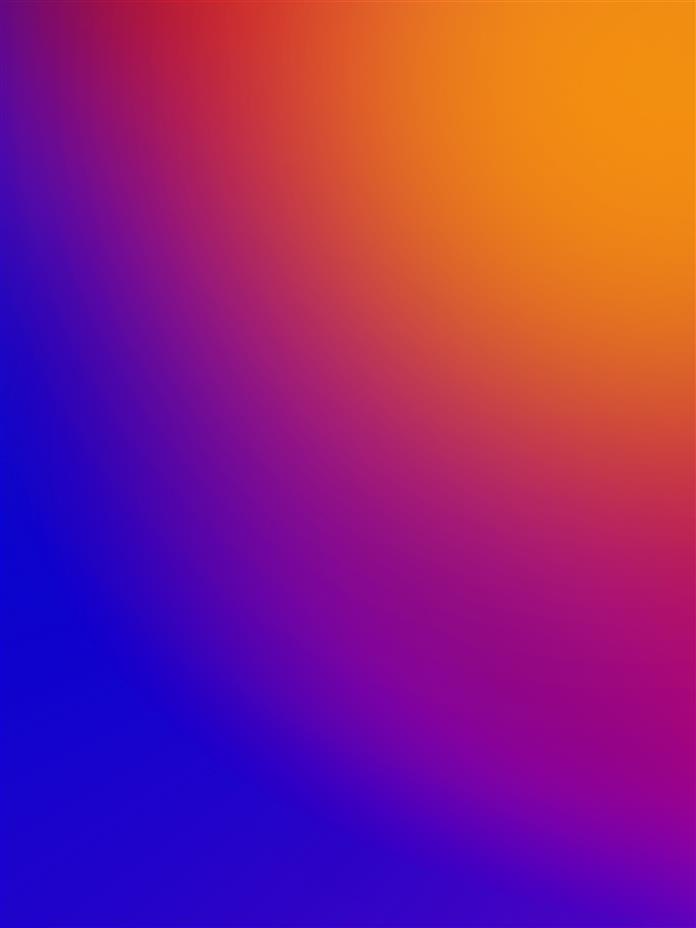
Here are some tips that one can follow. First of all, do not apply butter or oil on the affected area as it will smoothen the skin and will promote the burning process. Secondly, do not apply anything that can work towards drying out the wound. Such a substance can be petroleum jelly.

Skin burns needs moisture to heal fast. Finally, protect the affected area from sun exposure as it delays the process of recovery. While the wound is healing, wear loose-cotton clothing. Rougher fabrics can irritate the skin.

Try all these natural treatments and tips on healing the condition at home for a period of one week. In case of positive results, continue doing the same. However, if one observes no relief, negligible improvement, or a worsening of the condition, pay a visit to a medical professional. Medical intervention will provide effective cure from the condition.
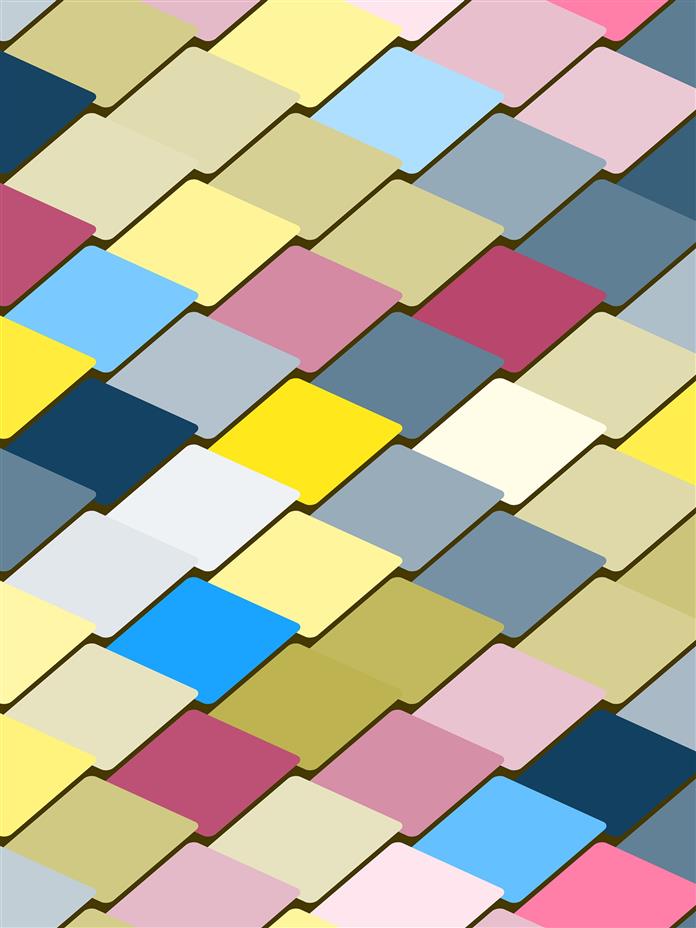
Disclaimer: This story is for informative purposes only, and should not be used as a replacement for expert medical advice.